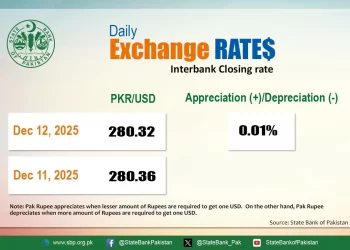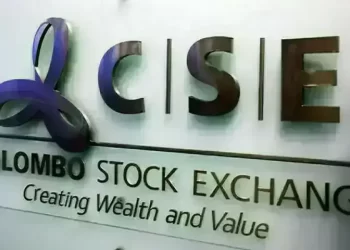WASHINGTON (news agencies) — Donald Trump is betting that Americans crave trillions of dollars in tax cuts — and that growth will be so fantastic that it’s not worth worrying about budget deficits.
In short, he’s hoping that most economic analyses of his ideas are dead wrong.
Vice President Kamala Harris believes that big corporations and the ultra-wealthy should pay more in taxes — and wants to use those revenues to help spur the construction of 3 million homes and offer tax breaks for parents.
She’s hoping to deliver on the types of policies that President Joe Biden has been unable to secure in a lasting way.
The two presidential nominees are using the week before their debate to sharpen their economic messages about who could do more for the middle class. Harris will discuss her policy plans Wednesday in Portsmouth, New Hampshire, while Trump will address the Economic Club of New York on Thursday.
The economy has historically been a dominant issue in presidential elections. In an August survey by media-NORC Center for Public Affairs, Trump did narrowly better on the economy with 45% saying he would handle it better and 38% saying Harris would.
There are high stakes in this showdown because the winner of November’s election could rewrite much of the federal tax code next year, when parts of Trump’s 2017 tax cuts are set to expire.
A look at the candidates’ proposals:
Trump and Harris have different ways of trying to help the middle class.
The former Republican president sees tax cuts for businesses and the wealthy as essential for promoting more investment, with those who’ve previously advised him saying average growth would top 3%. Mind you, overall economic growth never hit 3% a year when Trump was president. But between 2018 and 2019, the median household income jumped by $5,220 to an inflation-adjusted $78,250, according to the Census Bureau.
“What I tell people all the time: The Trump policies were designed to lift middle-class wages, re-onshore and re-industrialize,” said Joseph LaVorgna, an economist who worked in the Trump White House. “The intention is to get wages higher.”
By contrast, Harris wants to upgrade the middle-class promise of home ownership and ease the high costs of parenthood. She also wants tax breaks for entrepreneurs. It’s a message meant to show that Harris can address the problem of prices as people are still recovering from inflation spiking to a four-decade high in 2022.
First-time homebuyers could get $25,000 in down payment assistance that would be coupled with broader policies to encourage the construction of 3 million additional homes in four years. New parents could get a $6,000 tax credit and an expanded child tax credit.
“When working- and middle-class Americans have the opportunity to earn more, to build a business, to buy a home, to climb the economic ladder, it strengthens our economy and helps us grow,” said Brian Nelson, a Harris adviser.
Trump has proposed no taxes on tips paid to workers or Social Security income. Harris has embraced the idea of not taxing workers’ tips.
As Ernie Tedeschi at the Yale Budget Lab noted, excluding tips from taxes is unlikely to provide much of an economic boost even if some individuals feel better off. He noted that just 2.5% of workers receive tips and that many don’t earn enough money to owe income taxes to the federal government.
Trump would also exclude Social Security payments from taxation, which could cost $1.2 trillion over 10 years. The risk is those taxes help fund Social Security. Without those revenues, the program would be unable to pay full benefits starting in 2033, or two years earlier than currently forecast, according to an analysis by Brendan Duke, senior director of economic policy at the Center for American Progress, a liberal think tank.
As much as Trump talks about tax cuts, he would also want to engage in a massive tax hike by charging higher tariffs on imports in order to grow jobs.
How much would the tariff be? No one really knows. Trump has proposed a broad tariff of 10%, but at an August event in North Carolina suggested it could be as high as 20%. Against Chinese products, he would like a tax of somewhere between 60% to 100%.
The Republican insists his tariffs wouldn’t jack up inflation, but the whole goal of the tax is to make imports more expensive so that more manufacturing occurs domestically. The Harris campaign says the middle class would face a higher tax burden, with the 20% tariff applied broadly costing a typical household $4,000 annually.









